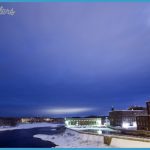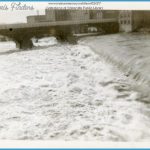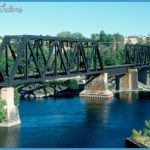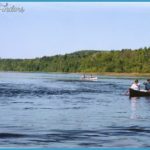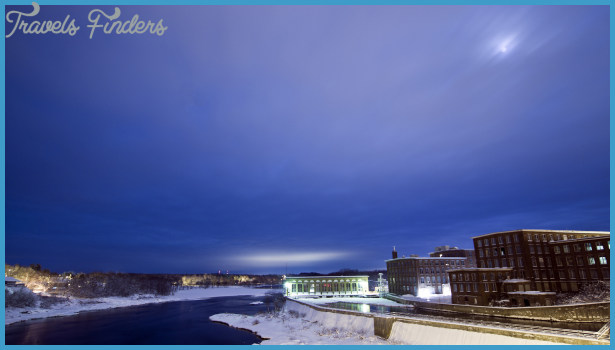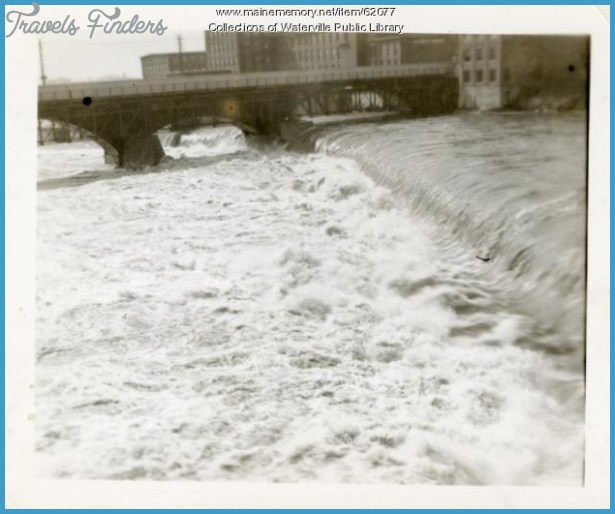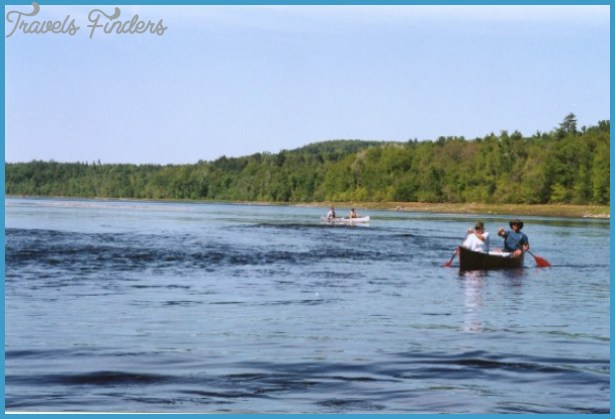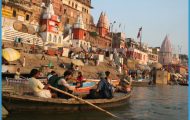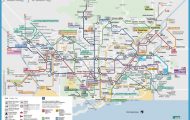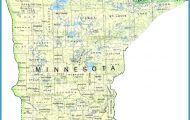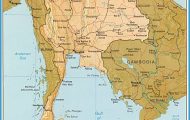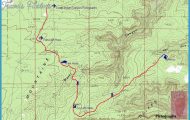Key Species: brown trout, smallmouth bass Best Way to Fish: boat, canoe
Best Time to Fish: late April through June, and again in September MAG: 21, E-1
Description: The river here is wide and powerful. You will need a boat or canoe to fish here effectively, since few opportunities exist to fish from shore. At the outset, this appears to be an urban setting, not a place where anyone would seriously consider fishing, but once you get out on the river the majestic oaks and willows that line the shore help create a feeling of solitude.
The area in front of the boat ramp is fairly deep and smooth, but a short distance downstream, the river becomes swift and relatively shallow. If you intend to go any distance downstream, be warned that you will probably hit some rocks with your propeller. You should use some kind of a prop guard. Anglers using a canoe may not be able to paddle back upstream if the river is in spate, so it may be wise to stick to the relatively quiet sections.
Special fishing regulations include a year-round open water season with a minimum length on salmon, trout, and lake trout of 12 inches and a daily bag limit of 2 fish in the aggregate. Motels are plentiful in Waterville.
Fishing index: This section of the Kennebec River may well contain more and bigger brown trout than any other body of water in the East. Fish weighing 4 pounds or more are not uncommon. Smallmouth bass weighing about 2 pounds are so numerous that you can take dozens of them in a day. Larger bass are always possible.
Early in the season, the best way to take both brown trout and smallmouth bass is to troll with diving Rapalas or similar minnow imitations. Your lure should ride just off the bottom for best results.
Later in the day, insect hatches bring thousands of brown trout to the surface. During the few but exciting hours between late afternoon and early evening, fly fishers can expect to see many hundreds of trout, especially during the red quill hatch. Consequently, red quills and small dun variants are excellent producers of fat brown trout. Terrestrials are productive in summer, even during daylight. Look for feeding lanes, places where the current carries surface matter to stationary trout. Most often, this will be along a steep bank or at the end of a ledge. Land-based insects are always falling from streamside 37-40 Kennebec River Waterville/Shawmut Dam/Great Eddy/Sebasticook River trees into the water. Try ants, grasshoppers (the Letort hopper is the author’s favorite), beetles, and yellow jacket imitations. Directions: From Augusta, take Interstate 95 north and get off at Exit 34. From Exit 34, take Maine Route 104, also called Main Street, to the intersection of Water Street at a rotary. On Water Street, look for signs for the boat ramp on the left, where you will find a modern ramp and ample parking.
For more information: Contact the Maine Department of Inland Fisheries & Wildlife Regional Fish and Wildlife Headquarters in Sydney.

